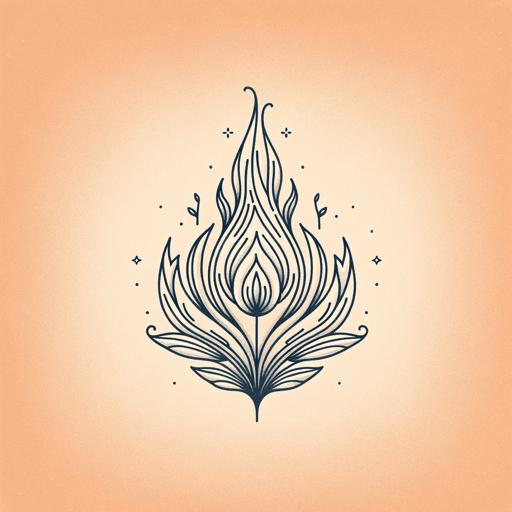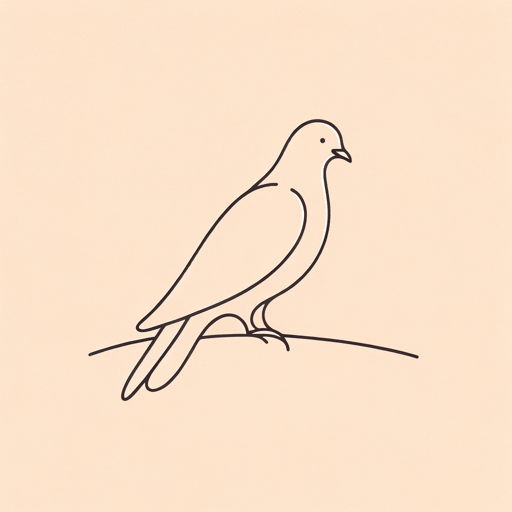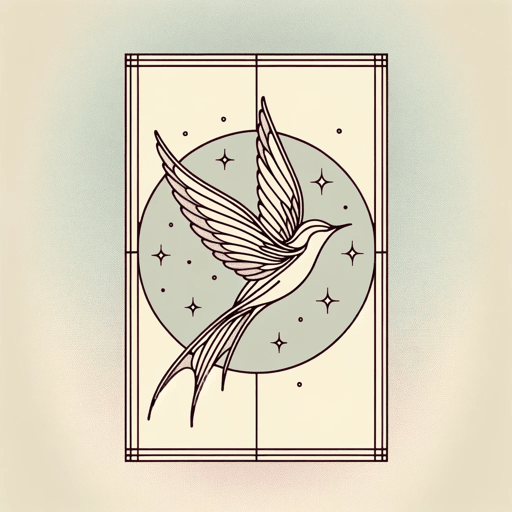14 pages • 28 minutes read
Gerard Manley HopkinsPied Beauty
Fiction | Poem | Adult | Published in 1918A modern alternative to SparkNotes and CliffsNotes, SuperSummary offers high-quality Study Guides with detailed chapter summaries and analysis of major themes, characters, and more.
Literary Devices
Form and Meter: Sprung Rhythm
Sprung rhythm is one of Hopkins’s personal poetic inventions. Considered a precursor to free verse, sprung rhythm is meant to possess a natural cadence similar to human speech. Sprung rhythm is an accentual verse, and although the number of metrical feet per line is consistent, the number of syllables varies. Each metrical foot begins with an unstressed syllable followed by an irregular number of stressed syllables. In practice, this rhythm creates a sense of momentum in “Pied Beauty,” leading the reader of Hopkins’s poems through a slow build that crests with the volta, or turn, near the end of the sonnet. This naturally inspired, stress-timed momentum highlights the dizzying beauty of the natural world, before moving the reader towards the primary focus of the poem: God as a perfect creator of a beautifully imperfect world.
“Pied Beauty” is arranged as a sonnet, or a poem with 14 lines that typically has a volta. Although the form was popularized by Shakespeare and Petrarch, there are many variations on the typical form. Hopkins modified the sonnet form to fit his own structural needs.
Related Titles
By Gerard Manley Hopkins





